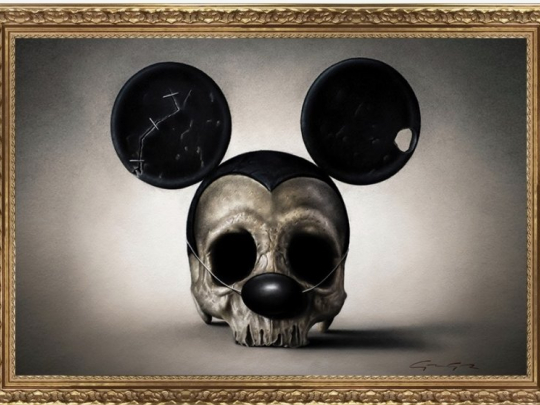Sweden’s 8,000yo skulls were brutally smashed and mounted on stakes – study

Archaeologists digging at the bottom of a former lake in Sweden have discovered an ancient burial site containing 8,000-year-old human skulls mounted on wooden stakes.
The gruesome find at the Kanaljorden site in the town of Motala in the central Sweden has left researchers baffled as, according to a study published in the journal Antiquity, it the challenges modern “understanding of the handling of the dead during the European Mesolithicera.”
The skulls showed signs of blunt force trauma that was “probably the result of interpersonal violence,” the study read. However, some injuries show signs of healing, meaning that blunt force trauma is not necessarily what killed them.
Some 11 adults, only one of which had a jawbone, were found at the ancient burial site. While it was difficult for researchers to determine their sex, at least three were female and six or seven were males. Interestingly, the injuries differed according to sex. Men tended to have truma on the top or front of their head, while women were injured at the back of their heads. Also unearthed was the entire skeleton of an infant who was likely stillborn or died shortly after birth, the researchers said.
8,000-Year-Old Heads on Stakes Found in Mysterious Underwater Grave https://t.co/bfkiaZso4q pic.twitter.com/qn5spJPxsi
— Live Science (@LiveScience) February 13, 2018
Remains of wooden stakes were recovered from two of the skulls, “indicating that they had been mounted." One of the stakes had broken. The other was at about 1.5ft (47cm) in length. Astonishingly, a piece of brain tissue was also recovered from the skull impaled with the broken stake. This suggests that the skull was cast into the lake soon after death where it was preserved.
The violent death and treatment of the deceased has left researchers at a loss for explanations. Mesolithic hunter-gatherers are not known for these kind of dramatic displays. One theory is that the bodies were possibly discarded as some sort of ritual.
"The people who were deposited like this in the lake, they weren't average people," co-lead researcher Fredrik Hallgren, an archaeologist at the Cultural Heritage Foundation in Västerås, Sweden, told Live Science. "But probably people who, after they died, had been selected to be included in this ritual because of who they were, because of things they experienced in life."
- Source : RT


















